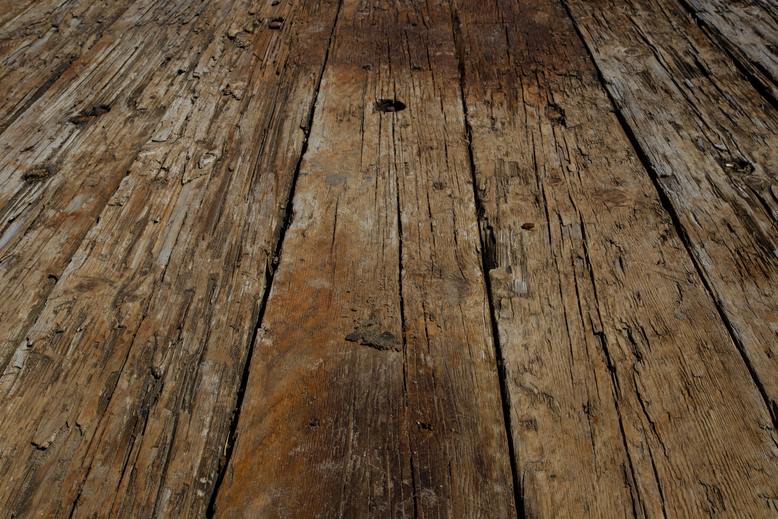3 Types of Wood Rot and What Each Mean for Your Building
Wood is by far the most commonly used building material all over the world. For all the benefits of building with it, however, wood doesn't stand up well to water and other types of moisture. Consistent moisture creates an ideal environment for destructive fungi, and this combination causes wood to rot, or decay. Rot can cause a great deal of damage to the wood, typically affecting it from the inside out, compromising its structural integrity and weakening it more and more over time.
Interestingly, not all wood rot is created equal. In fact, there are several types of wood rot. The most common are brown rot, white rot, and soft rot, and each of them affects wood differently.

1. Brown Rot
This common type of rot is often called "dry rot" because the wood is depleted of its nutrients so quickly that it shrinks and appears dried out. Brown rot causes wood to become a deep brown color, crack against the grain into small squares, and eventually split. It thrives when humidity is 20% or more and in temperatures from 65-90 degrees.
2. White Rot
As the name suggests, white rot is most often white, but can also appear grayish or yellowish. White rot attacks the wood's lignin, a key structural element, causing it to become soft and almost sponge-like. This is the most aggressive type of rot and it typically occurs in warm to hot temperatures.
3. Soft Rot
This is a relatively rare type of rot and it spreads much more gradually than brown and white rot. Soft rot affects the wood's cellulose and forms holes inside the wood, leaving behind what looks like a honeycomb. It only occurs when it's either too cold or too hot for other types of rot, so soft rot is most often seen in extreme temperatures close to 0 or 100 degrees.
Wood rot most often occurs in areas that can't be easily seen, so it's important that you proactively look for it at least once a year. Pay special attention to the areas around windows, sinks, tubs, and other fixtures and appliances that use water, as well as the building's roof, siding, and decking. If you notice signs of water damage such as discoloration, swelling, or visibly wet wood, chances are high the wood is already rotting.
With any type of wood rot, the sooner you take care of it, the better. It will not go away or stop spreading if ignored and it can quickly lead to expensive repairs.
At Major Painting, we have over 30 years of experience in treating and preventing wood rot in both homes and commercial buildings. To learn more about how we can help with your wood rot problem, or for more information about our painting services, contact us today!
About the author
Chase DeRousse is the Vice President of Painting at Major Painting and strives to deliver quality craftsmanship coupled with superior customer service, creating a unique and pleasant experience for all Major Painting customers, no matter the size of the project. Chase also holds an active Class A General Contracting License.
Chase has won multiple accolades recognizing his leadership and excellence in the painting industry including awards from the Painting Contractor Association (PCA), Business Owners and Managers Association (BOMA), and Institute of Real Estate Management (IREM).